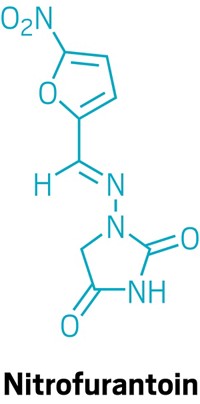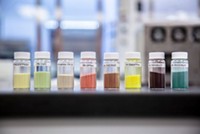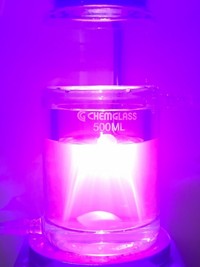Advertisement
Grab your lab coat. Let's get started
Welcome!
Welcome!
Create an account below to get 6 C&EN articles per month, receive newsletters and more - all free.
It seems this is your first time logging in online. Please enter the following information to continue.
As an ACS member you automatically get access to this site. All we need is few more details to create your reading experience.
Not you? Sign in with a different account.
Not you? Sign in with a different account.
ERROR 1
ERROR 1
ERROR 2
ERROR 2
ERROR 2
ERROR 2
ERROR 2
Password and Confirm password must match.
If you have an ACS member number, please enter it here so we can link this account to your membership. (optional)
ERROR 2
ACS values your privacy. By submitting your information, you are gaining access to C&EN and subscribing to our weekly newsletter. We use the information you provide to make your reading experience better, and we will never sell your data to third party members.
Business
Study Compares Batch And Flow Photochemistry
Yields and productivity similar in 12 reactions, authors recommend decisions be made on a case-by-case basis
by Carmen Drahl
November 10, 2014
| A version of this story appeared in
Volume 92, Issue 45
Researchers studying a photochemical reaction for the first time must figure out whether a batch reactor or a flow reactor will better serve their needs. The answer is “it’s complicated,” according to a new study (Chem. Eur. J. 2014, DOI: 10.1002/chem.201404347). Kevin I. Booker-Milburn of England’s University of Bristol teamed with Novartis and GlaxoSmithKline chemists to compare batch and flow photoreactors. They ran 12 different reactions, each with its own optimized conditions of time, flow rate, light source, and reactant concentration. They used batch reactors made of quartz or Pyrex and flow reactors consisting of flexible, UV-transparent tubing wrapped in one or three layers around a light source. The batch and flow reactions had similar yields and productivity for the same time scales. Michael Oelgemöller, who specializes in flow photochemistry at Australia’s James Cook University, cautions that the study looked at just one type of flow reactor and involved reactions known to run smoothly in batch reactors. Flow chemistry can save on materials costs, among other advantages, Oelgemöller adds. He urges industry chemists to continue pursuing flow photochemistry technology and making improvements to it.





Join the conversation
Contact the reporter
Submit a Letter to the Editor for publication
Engage with us on Twitter